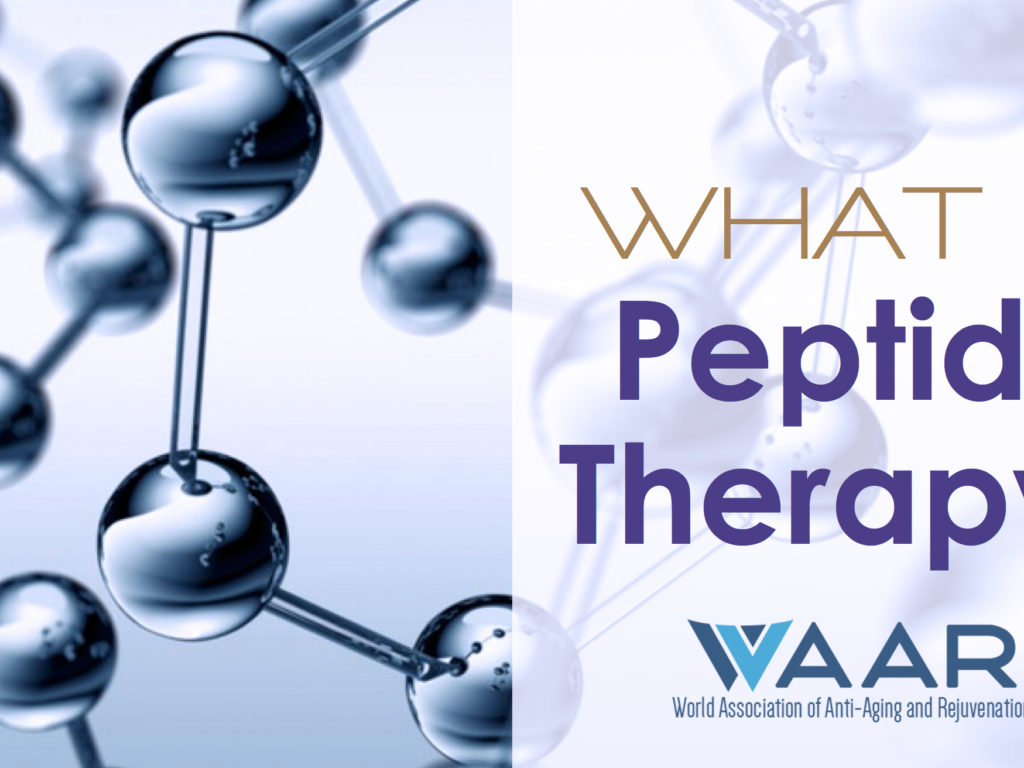Regenerative medicine is a relatively new field of study that treats injuries and diseases by harnessing the body’s own regenerative capabilities.
Encompassing a broad range of scientific disciplines (from molecular biology and genetics to immunology and biochemistry). At our Age Management Center, regenerative medicine research generally focuses on the following key principles:
- Understanding the physiological mechanisms of stem cells
- Knowledge of how cells grow and die
- What makes stem cells change into other cells
- Learning more about the supporting structure between cells.
What do regenerative medicine scientists want to know?
Human adults already have some regenerative capabilities. For example, the liver is able grown back to its original size if part of it has been lost to injury or disease. Our skin is another part of our body that is able to renew and repair itself.
Some tissues and organs do not have that ability but scientists believe that they could enable them to do so. To be able to do this they need to answer a number of important questions:
- How is a cell’s ability determined? What switches it on and off?
- How do some human tissues naturally regenerate (skin, blood cells and the lining of the digestive tract)?
- Why do parts of our bodies not regenerate (brain, heart), yet retain a hidden ability to do so?
- How are certain animals able to regenerate complex parts like a limb or a heart?
Answering these questions is vital because it will garner insight into how stem cells work to repair or replace tissue and organs. Understanding the molecular and cellular mechanisms at play is essential in the development of regenerative medicine.
What are the applications of regenerative medicine?
There are three main ways regenerative medicine could be applied to patients.
Organ growth
Disease or injury may lead to organ failure. The only solution to this is a transplant. In USA, roughly 106,000 are on the transplant waiting list at any one time. The problem is there are not enough donor organs to go around and many people will die before they get a chance at a new life.
One of the goals of regenerative science is to be able to create new body parts from a patient’s own cells and tissues. This would not only eliminate the demand for organs but also the complications arising from organ rejection.
Self-repair
Embryonic stem cells (which are highly pluripotent – that is, capable of becoming just about any type of cell) are derived from the inner cell mass from blastocysts and are responsible for our growth. This means that the stem cells were able to divide and differentiate into other sorts of cells like nerve cells, muscle cells and blood cells.
When tissue or organs are damaged, they could potentially repair themselves with these pluripotent stem cells; this process could reverse or prevent damage to vital organs.
Cellular therapies
As previously mentioned, stem cells can act as a repair mechanism for tissue or organs that are injured or diseased. One day we could see them introduced as a form of therapy to treat and cure a wide range of diseases and genetic disorders, including type 1 diabetes, Parkinson’s disease, Alzheimer’s disease, dementia, multiple sclerosis, leukaemia, Crohn’s disease and rheumatoid arthritis.
What makes regenerative medicine such an exciting field is that it holds the potential of regenerating or replacing any damaged tissue and organs in the body, potentially providing the cure for many diseases, injuries and genetic conditions.



